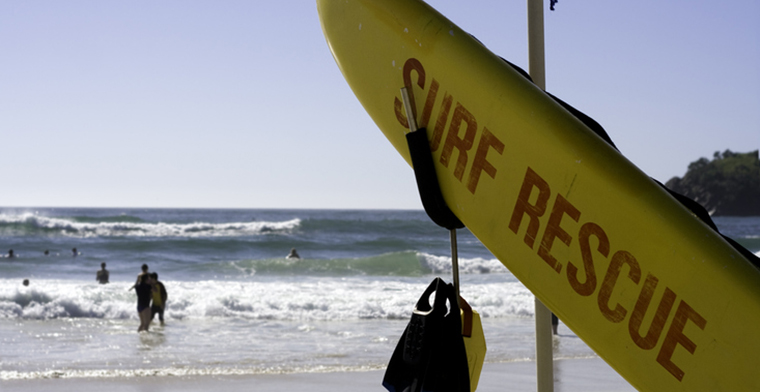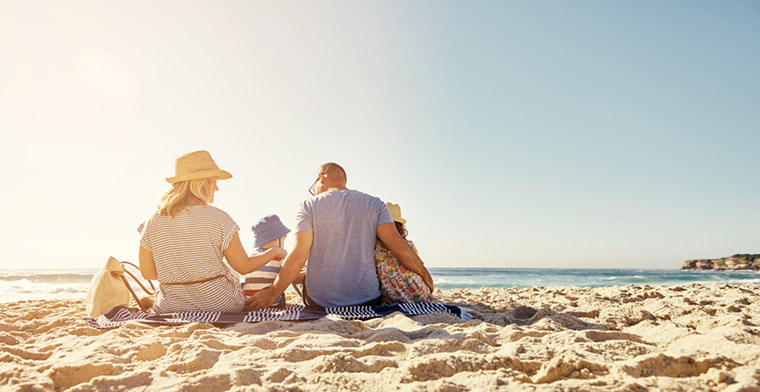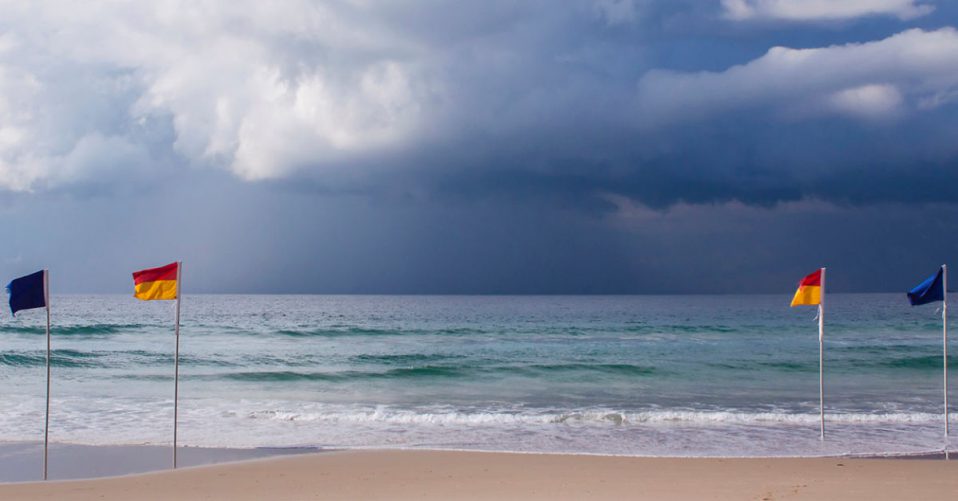By: Clare Bruce
It’s tragic to think that out of the 44 people who drowned on our beaches last summer, all 44 might have lived—if only they’d been swimming closer to the lifeguards stationed just a few hundred metres away.
In every case of drowning, there were Surf Life Saving lifeguards and lifesavers patrolling beaches within 600 metres of where the person was swimming.
It’s a sobering reminder to families, surfers and swimmers, to stick to patrolled beaches and to swim between the flags as they head to the beach this spring and summer.
Steven Pearce, CEO of Surf Life Saving NSW, says it’s important to follow any instructions from SLS lifeguards and lifesavers throughout the day as conditions change, too.
Stick to the Lifeguards’ Instructions

“Every morning when lifeguards are on duty or lifesavers are on duty on the weekends, they will come and assess the beach conditions, identify where the rips are and potentially any deeper holes – and they’ll set the flags up where they think it’s the safest location for everyone to swim,” he said.
“As conditions either deteriorate in one area or there’s a better location on the beach later in the day, the flags will be moved sometimes and you’ll see the lifeguards or the lifesavers motioning for everyone to come out and relocate.”

He said staying within the sight of lifeguards could be the difference between life and death.
“A really firm saying we always use is, ‘If we can’t see you we can’t save you’, so that’s why we always urge people to swim between those red and yellow flags.”
If you do see someone in distress in the water, it’s so vitally important you let the lifeguards or life savers on duty know straight away, and also ring triple zero so other emergency services can respond and assist.”
Spotting a Rip
Steve explained how to spot a rip: those dangerous spots where water coming in from the ocean finds a channel and then moves rapidly back out, oceanward. Often rips are clear, dark patches of water, with little foam, some ripples on surface, and sand and debris being carried along in the current. The safest way to stay clear of rips, though, stressed Steve, is to stay in between the red and yellow flags.
“That’s what the lifesavers and lifeguards are there for,” he said. “Come to the beach, enjoy the coastline, but please, find a patrolled location.”
Article supplied with thanks to Hope Media.
About the Author: Clare is a digital journalist for the Broadcast Industry.




